A couple of days ago I was driving to Las Vegas from Southern California in my 2007 Jeep Liberty, which, incidentally, has over 200,000 miles on it.
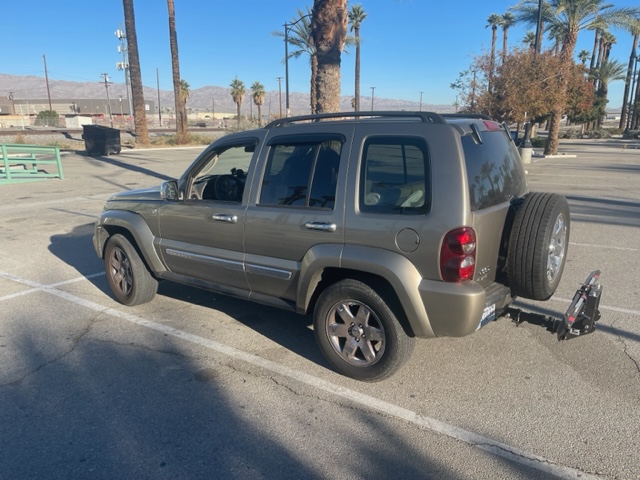
I decided NOT to take the usual route – that being Interstate 15.

8 million people take Interstate 15 each year to and from Las Vegas from Southern California. 42,143 cars a day pass the state line between Nevada and California. State Road 95 is much further east than I-15, closer to the Colorado River, and for most of its route is just two lanes, one lane in each direction. Compared to the I-15 route very few drivers take SR95.
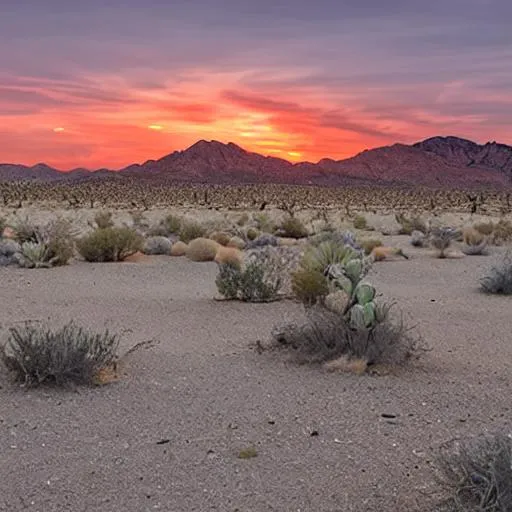
Rather than take I-15, I decided to take the “back way” which winds through 280 miles of uninhabited desert – portions of the Mojave and Sonoran deserts — an area of the United States that is truly breathtaking in its starkness, its emptiness, its expanse, its almost total lack of human activity of any kind.
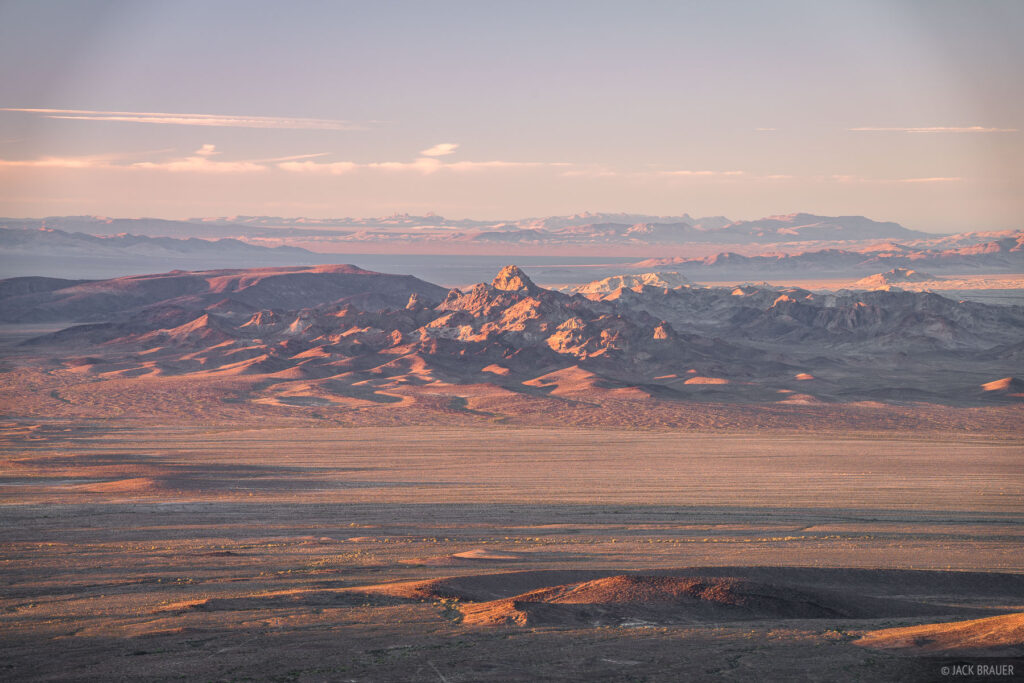
On the start and end of this road trip there are good sized solar farms, but for almost all of the 280 miles of the route you see desert, sand and barren mountains in the distance. There are no homes, no farms, no businesses, no gas stations, no street lights, no stop signs, no sidewalks, no people, no animals that are visible, no road signs, no advertisements. There is seemingly nothing. The reality, of course, is that there is quite a bit of plant and animal life in the desert, but that is a story for another time.
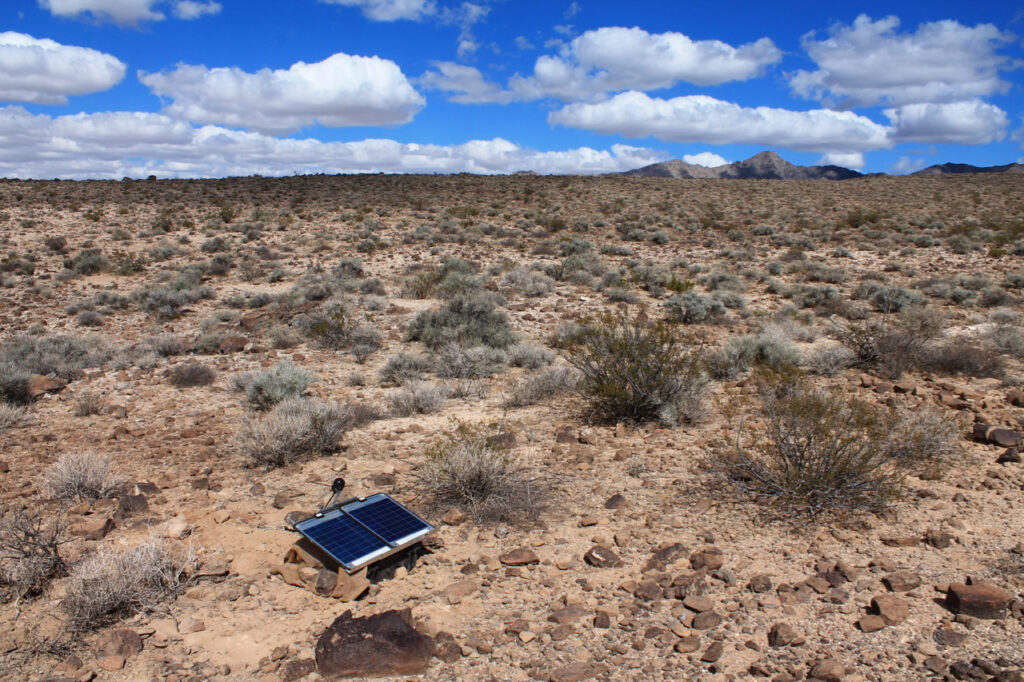
As I was driving for miles and miles along just a two lane road, I was struck by the beauty of the expanse of nothingness. It is so barren, so much of a wasteland, so much a no man’s land, so otherworldly. I felt like I was on the moon. The landscape was so haunting.
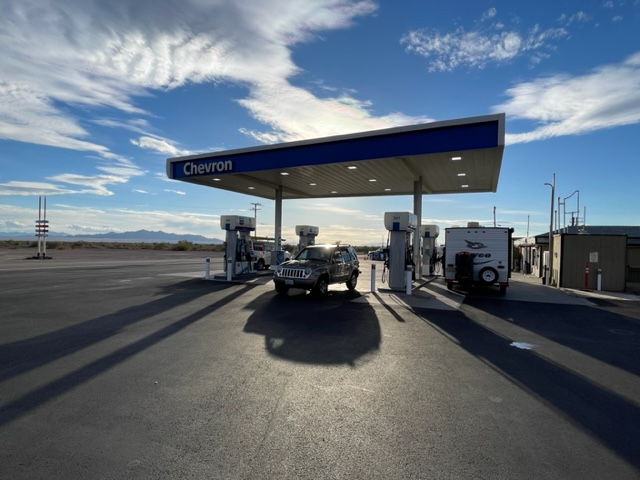
About 120 miles into my road trip, I came across some activity in Vidal Junction, the intersection of route 62 and 95. I am referring to a gas station and a California state agricultural screening station, and that is about it.
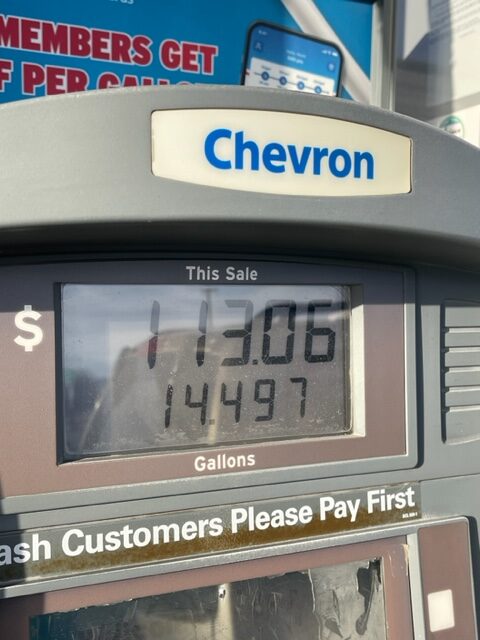
I stopped at the gas station to replenish my fuel tank in the car. Started pumping gas and about a few minutes into this effort I just randomly happen to check the gauge on the fuel island, and I am stunned. I have only put 12+ gallons of fuel into my car and yet the charge is over $100. Holy cow!

I immediately stopped filling my car with gas. I walk into the very modest mini mart of the filling station, asking Marie, who was behind the counter “what is the price for a gallon of gas?” she responded “$7.79 for regular.“ “Egad! You are kidding,” I say. “No, sir, I am not.”
I say to her “this has to be the highest gas price in the country.” she says, “no, we are the second highest.” I ask her “where is the highest price?” She responds immediately with “Death Valley.“
I checked with the gas station in Furnace in Death Valley and Marie is wrong. Right now, the cost of regular gas in Death Valley is $6.37, some $1.42 less than Vidal Junction California.
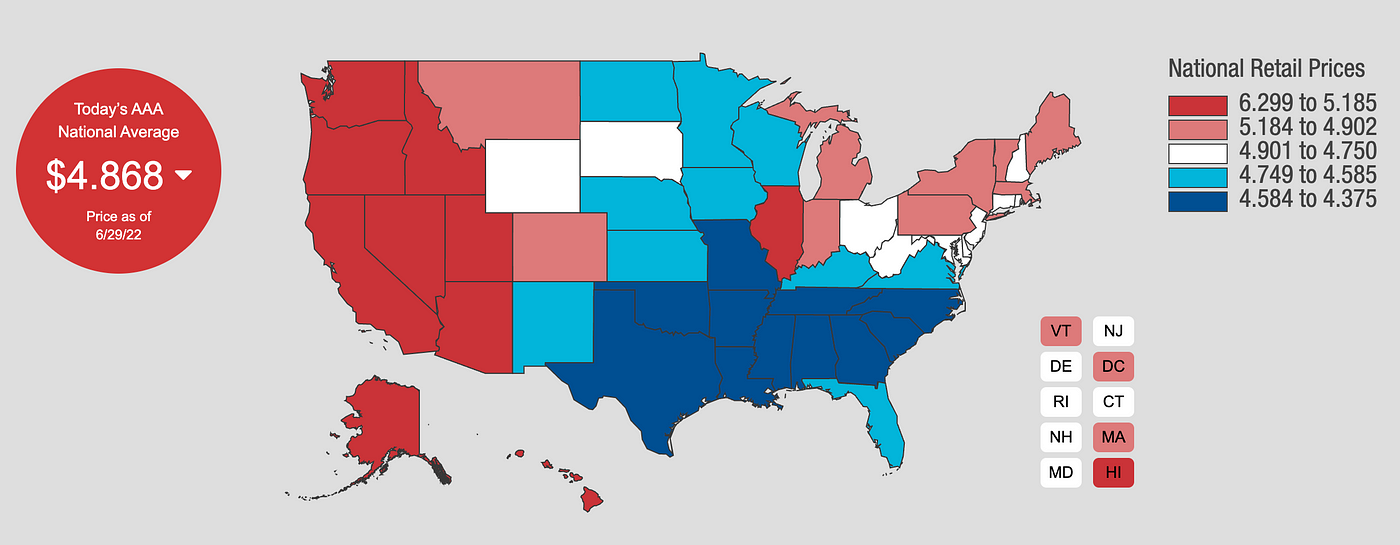
To put this price of gas into perspective. Right now, in the United States there are all kinds of newspaper and press reports on how far gas prices have fallen in the last 12 months, down almost 10%. Right now the average cost of gas in the US is $3.23. The lowest price for a gallon of gas is found in Texas ($2.72) and Mississippi ($2.74). The highest state average is in California at $4.78.
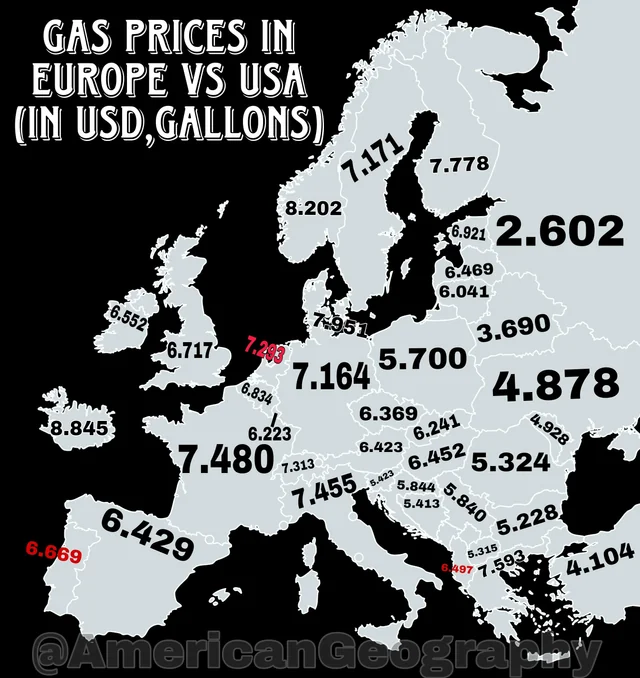
To put the cost of gas in the US into further perspective, I have a friend visiting me from Slovenia in eastern Europe, and she has reminded me that gas in Europe has been historically and continues to be higher than in the United States. Right now a gallon of gas in Slovenia, for example, is priced at $6.27. Italy it is $7.94; Greece $8.09. Hong Kong’s price of gas is $11.60/gallon.
For me there are several takeaways from this story.
- One, check the price of gas before you start filling your car with gas at a filling station.
- Two, if you plan to cross a desert in your car, fill up on gas before you get into the middle of the desert.
- Three, in the United States those of us who live on the west coast are paying significantly more for gas (almost double) than those who live in the Texas, Louisiana, Tennessee and Mississippi area.
- Four, we should keep in mind that compared to many other places in the world we are paying less than they are.
- Finally, and most importantly, it is not often that one has the opportunity spend hours driving through a desert. As much as the gas cost me, and as painful a lesson as this has been, I would not trade anything for the other worldly experience of trying to take in, absorb and appreciate the expanse, the desolation, and the beauty of the Mojave and Sonoran deserts.
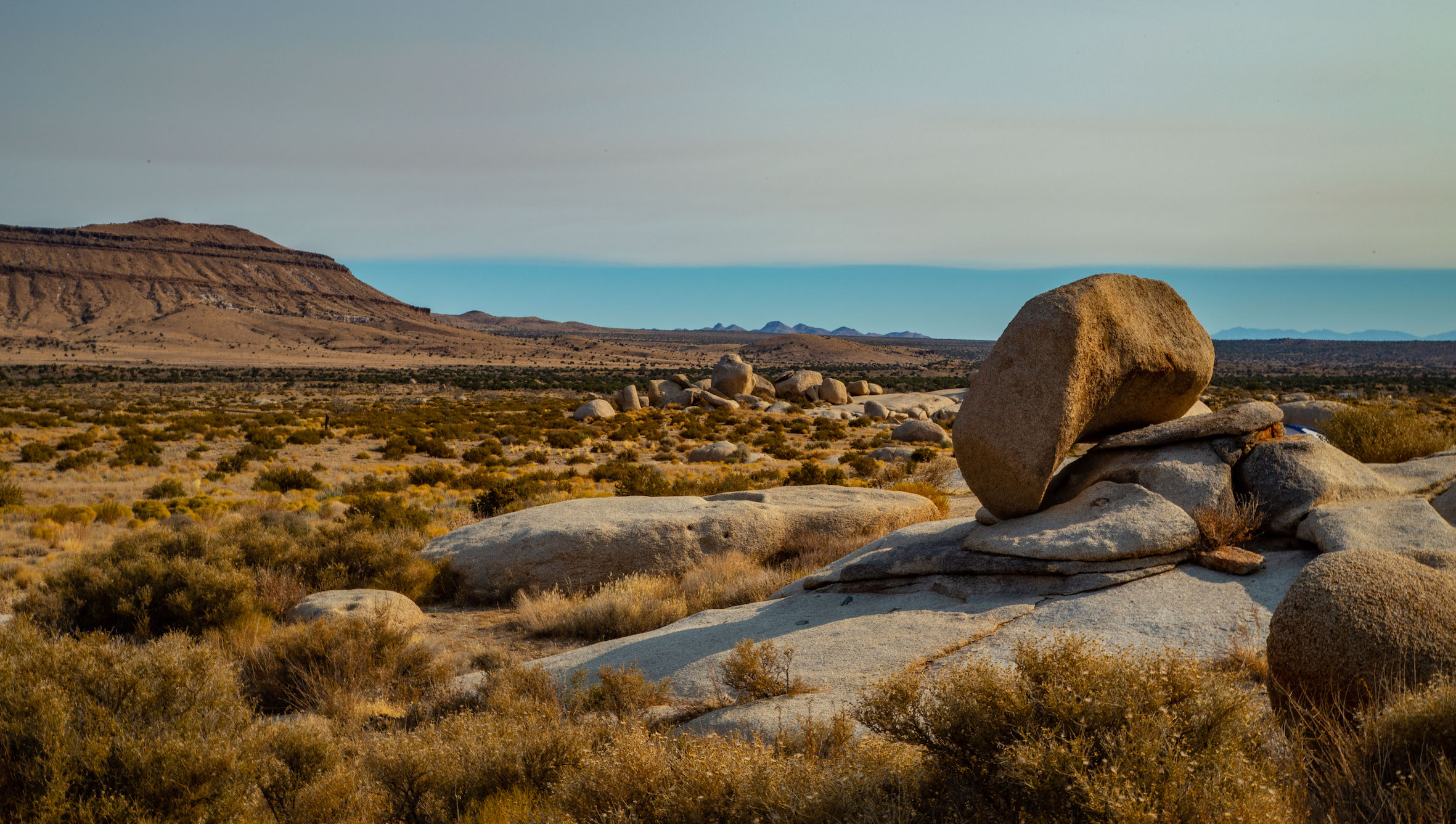
Gotta make up for the lack of traffic some way. Looks like that’s through the pump. I hope that you didn’t buy the $5 package of M and Ms!
I’m glad that you enjoyed the scenery.
Maybe you should consider modernizing your mode of travel with a hybrid or electric vehicle or check out the current and future operating cost of a camel, horse, donkey or Missouri mule. Cheers and thank you for the comments regarding the beauty of our desert areas.
Speaking of gas, I still do not understand why in some states like New Jersey, you can not pump your own gas, and must be done by an attendant. It used to be that that same attendant would clean your wind shield and offer to check your oil. I know, because I was that attendant back when. :). Thanks 4 sharing Neil
Make work project for guys who can’t play football! Helps with government unemployment stats.